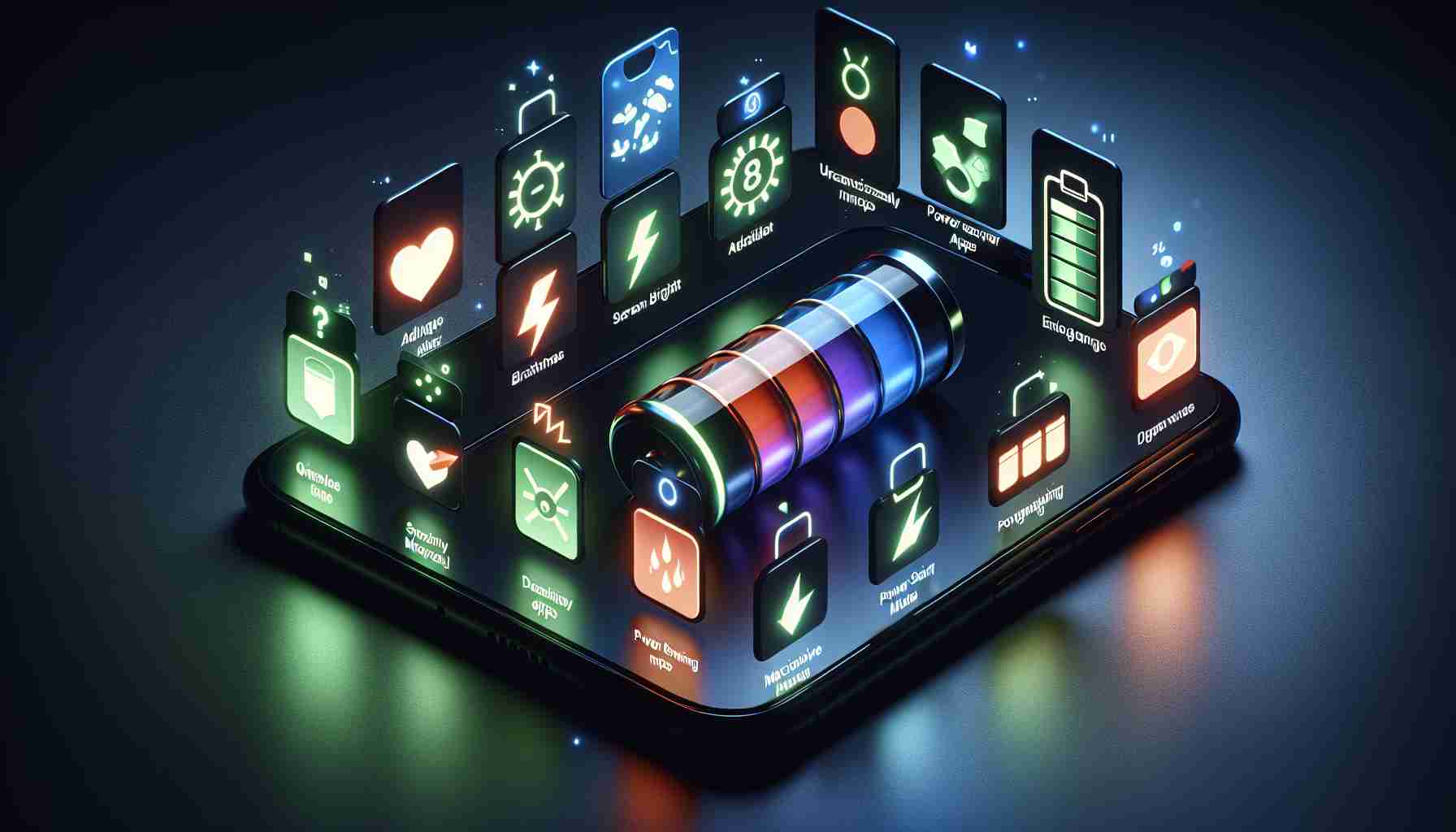Maximizing Battery Longevity
Contrary to what some might think, frequent phone charging can actually diminish battery life. Especially with lithium-ion batteries commonplace in modern smartphones, each complete charge cycle from 0% to 100% wears down the battery’s chemical components. Here are some strategies for effective phone charging:
Keeper of Charge: Smart Charging Habits
– When possible, opt for cable charging over wireless, even if your phone supports the latter.
– Don’t let your battery completely deplete. Keeping it between 20% and 80% is preferable.
– Avoid charging if the battery level is relatively high (above 60%).
– Do not charge your device in extreme temperatures, either hot or cold.
Brightness and Power Consumption
Screen brightness is directly proportional to power usage. With newer smartphones boasting OLED screens, where each pixel emits its own light, higher brightness settings translate to more energy consumption.
Location Services: A Silent Drainer
Continuous operation of GPS, Wi-Fi, and mobile data for location tracking can drain the battery. Rethink the applications that need location access and disable it when not necessary through your phone’s settings.
Alerts Awaken Screens
The frequent activation of your screen by notifications is another battery-consuming factor. You can turn this feature off in the settings to conserve power.
Unnecessary Connections
Conserving battery life also involves turning off non-essential connections such as Wi-Fi, Bluetooth, NFC, and GPS when they are not in use.
By adopting these habits and understanding that battery health inevitably declines over time, users can prolong their battery lifespan. And as time goes by, consider replacing the battery to ensure an optimal user experience. Despite user efforts to optimize battery usage, complaints have arisen of reduced battery life following Samsung’s One UI 6.1 update for Galaxy Z Fold 5, Z Flip 5, and the Galaxy S23 series.
Understanding Battery Chemistry
Smartphone batteries typically use lithium-ion technology that suffers from ‘battery memory’, meaning they can lose their maximum energy capacity over time due to repeated charging patterns. It’s worth noting that a battery’s lifespan is also dictated by its ‘charge cycle’, which is considered one full charge from 0% to 100%. A standard lithium-ion battery can withstand about 500 to 1500 full charge cycles.
Managing Apps and Processes
Background apps can consume energy even when not in use. Users should manage their app permissions and close apps not in active use. Another efficient way is to use battery optimization features available on most smartphones, which limit background activity of lesser-used apps.
Impacts of Fast Charging
Fast charging can cause batteries to heat up more than normal charging, which can decrease the battery’s long-term health. While convenient, it is recommended to fast charge only when necessary.
Software Updates and Battery Health
Software updates from manufacturers can improve or sometimes impair battery performance. As mentioned in the article, firmware updates such as Samsung’s One UI 6.1 update can cause mixed effects on battery life, prompting user complaints.
Advantages and Disadvantages
Advantages of optimizing battery life include longer periods between charges, reduced electrical waste, and lower likelihood of encountering power-related disruptions during daily use. On the contrary, some of the methods to extend battery life can limit functionality, such as disabling location services, which may affect apps that require real-time location data.
The key challenges in optimizing smartphone battery life revolve around finding the balance between functionality and energy conservation. As software and hardware evolve, controversy may arise over whether the manufacturers’ recommended best practices align with user experiences and independent research findings. Users need to adapt to ever-changing smartphone technologies while manufacturers continuously refine battery technology and software optimizations.
A reliable source of information on the subject is the official website of organizations like International Energy Agency or consumer electronics associations that may provide insights into best practices for device energy efficiency.
In summary, while there is no one-size-fits-all solution to extend battery life, a combination of good charging habits, proper app management, and careful use of phone features can help achieve the best balance between battery life and smartphone functionality.
